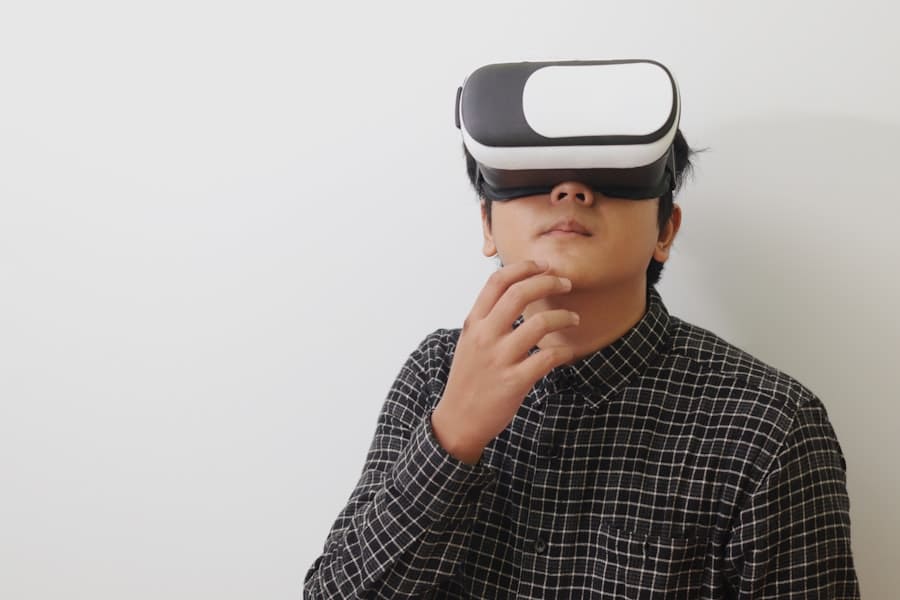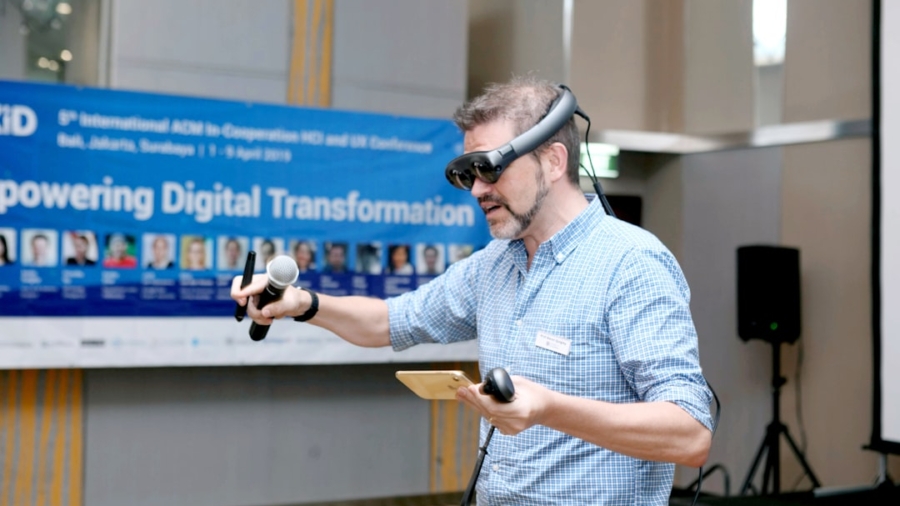Virtual Learning Environments (VLEs) have revolutionized the educational landscape, providing a digital platform where teaching and learning can occur outside the traditional classroom setting. These environments encompass a wide range of technologies, including Learning Management Systems (LMS), online courses, and interactive educational tools. The rise of VLEs has been accelerated by advancements in technology, particularly the internet, which has made it possible for students and educators to connect in real-time, regardless of geographical barriers.
As educational institutions increasingly adopt these platforms, it is essential to understand their implications for teaching methodologies, student engagement, and overall educational outcomes. The concept of VLEs is not merely about transferring traditional classroom experiences into a digital format; it represents a paradigm shift in how education is delivered and experienced. With the integration of multimedia resources, such as videos, podcasts, and interactive simulations, VLEs create a rich learning environment that caters to diverse learning styles.
This shift has been particularly significant in the wake of global events that necessitated remote learning, highlighting the importance of adaptability in education. As we delve deeper into the various facets of VLEs, it becomes clear that they offer unique advantages that can enhance the educational experience for both students and educators.
Key Takeaways
- Virtual Learning Environments (VLEs) offer flexible and accessible education options for diverse learners.
- Personalized learning in VLEs tailors educational experiences to individual student needs.
- Interactive content in VLEs enhances engagement and makes learning more dynamic.
- VLEs promote increased collaboration and communication among students and educators.
- Data-driven instruction in VLEs supports better assessment and improved student motivation.
Flexibility and Accessibility
One of the most significant advantages of Virtual Learning Environments is their inherent flexibility. Students can access course materials at any time and from any location, allowing them to learn at their own pace. This flexibility is particularly beneficial for non-traditional students who may be balancing work, family responsibilities, or other commitments alongside their education.
For instance, a working professional pursuing an online degree can engage with lectures and complete assignments during evenings or weekends, making it feasible to advance their education without sacrificing their job or personal life. Moreover, VLEs enhance accessibility for students with disabilities or those who may face challenges in a conventional classroom setting. Many VLEs are designed with inclusive features such as screen readers, captioned videos, and adjustable text sizes, ensuring that all learners can participate fully in their education.
This commitment to accessibility not only broadens the reach of educational institutions but also fosters an inclusive learning environment where every student has the opportunity to succeed. By breaking down geographical and physical barriers, VLEs democratize education, making it available to a wider audience than ever before.
Personalized Learning

Personalized learning is another hallmark of Virtual Learning Environments, allowing educators to tailor their teaching strategies to meet the individual needs of each student. Through adaptive learning technologies embedded within VLEs, students can receive customized content based on their performance and learning preferences. For example, if a student struggles with a particular concept in mathematics, the VLE can provide additional resources or alternative explanations to help them grasp the material more effectively.
This level of personalization not only enhances understanding but also empowers students to take ownership of their learning journey. Furthermore, VLEs facilitate the collection and analysis of data on student performance, enabling educators to identify trends and adjust their instructional approaches accordingly. By leveraging analytics tools within these environments, teachers can monitor progress in real-time and intervene when necessary.
This data-driven approach ensures that instruction is responsive to student needs, fostering an environment where learners can thrive. The ability to personalize learning experiences not only improves academic outcomes but also cultivates a sense of agency among students, encouraging them to engage more deeply with the material.
Interactive and Engaging Content
The integration of interactive and engaging content within Virtual Learning Environments significantly enhances the learning experience. Traditional educational methods often rely heavily on passive learning techniques, such as lectures and textbook readings. In contrast, VLEs utilize multimedia elements like videos, quizzes, discussion forums, and gamified learning activities to create a dynamic educational atmosphere.
For instance, a history lesson might include interactive timelines or virtual reality experiences that allow students to explore historical events in an immersive way. Such engaging content captures students’ attention and fosters a deeper understanding of complex subjects. Moreover, interactive content encourages active participation from students, which is crucial for effective learning.
When learners are involved in their education through hands-on activities or collaborative projects, they are more likely to retain information and develop critical thinking skills. For example, a science course might incorporate virtual labs where students can conduct experiments in a simulated environment. This not only makes learning more enjoyable but also helps students develop practical skills that are essential for real-world applications.
Increased Collaboration and Communication
Virtual Learning Environments foster increased collaboration and communication among students and educators, transcending the limitations of physical classrooms. Through discussion boards, group projects, and collaborative tools like Google Docs or Microsoft Teams, learners can engage with one another in meaningful ways. This collaborative aspect is particularly beneficial for developing teamwork skills and promoting diverse perspectives within the learning community.
For instance, students from different cultural backgrounds can work together on projects, enriching their understanding of global issues while building essential interpersonal skills. Additionally, VLEs facilitate communication between educators and students through various channels such as messaging systems, video conferencing tools, and feedback mechanisms. This open line of communication allows for timely support and guidance, ensuring that students feel connected to their instructors even in a virtual setting.
For example, an instructor might hold weekly office hours via video chat to address student questions or concerns.
The collaborative nature of VLEs ultimately cultivates a vibrant learning community where knowledge is co-constructed through shared experiences.
Data-Driven Instruction and Assessment

The utilization of data within Virtual Learning Environments has transformed instructional practices and assessment methods in profound ways. Educators can leverage analytics tools to track student progress over time, identifying patterns that inform instructional decisions. For instance, if data reveals that a significant number of students are struggling with a specific topic, educators can adjust their teaching strategies or provide additional resources to address those challenges effectively.
This data-driven approach ensures that instruction is not only reactive but also proactive in meeting student needs. Moreover, VLEs enable more nuanced assessment methods beyond traditional testing formats. Educators can implement formative assessments such as quizzes or interactive assignments that provide immediate feedback to students.
This real-time feedback loop allows learners to understand their strengths and areas for improvement without waiting for end-of-term evaluations. Additionally, VLEs often support self-assessment tools that encourage students to reflect on their learning progress critically. By incorporating data-driven instruction and assessment practices, educators can create a more responsive and effective learning environment that prioritizes student success.
Improved Student Engagement and Motivation
The design and functionality of Virtual Learning Environments contribute significantly to improved student engagement and motivation. By offering diverse learning modalities—such as videos, podcasts, interactive simulations, and gamified elements—VLEs cater to various interests and preferences among learners. This variety keeps students engaged by providing multiple avenues for exploration and discovery within the curriculum.
For example, a language course might include interactive storytelling elements that allow students to practice vocabulary in context while enjoying an engaging narrative. Furthermore, the autonomy afforded by VLEs enhances intrinsic motivation among students. When learners have the freedom to choose how they engage with course materials—whether through self-paced modules or collaborative projects—they are more likely to take ownership of their education.
This sense of agency fosters a positive attitude toward learning and encourages students to set personal goals for their academic journey. Additionally, incorporating gamification elements such as badges or leaderboards can further motivate students by providing tangible rewards for their efforts. The combination of engaging content and increased autonomy creates an environment where students are excited about learning.
The Future of Virtual Learning Environments
As we look toward the future of education, Virtual Learning Environments are poised to play an increasingly central role in shaping how knowledge is imparted and acquired. The ongoing evolution of technology will likely lead to even more innovative features within VLEs that enhance flexibility, personalization, interactivity, collaboration, and data-driven instruction. As educational institutions continue to adapt to changing societal needs and technological advancements, VLEs will serve as vital tools for fostering inclusive and effective learning experiences.
The potential for VLEs extends beyond traditional educational settings; they can also be instrumental in professional development and lifelong learning initiatives. As industries evolve rapidly due to technological advancements, continuous education becomes essential for workforce adaptability. Virtual Learning Environments provide an ideal platform for delivering training programs that are accessible and tailored to individual career paths.
In this way, VLEs not only transform formal education but also contribute significantly to ongoing professional growth in an ever-changing world. In summary, Virtual Learning Environments represent a transformative force in education that offers unparalleled opportunities for flexibility, personalization, engagement, collaboration, and data-driven instruction. As we embrace this digital age of learning, it is crucial for educators and institutions to harness the full potential of VLEs to create enriching educational experiences that prepare learners for success in an increasingly complex world.
In exploring the benefits of virtual learning environments, it’s essential to consider how technology can enhance educational experiences. A related article that delves into the impact of digital tools on learning is available at


